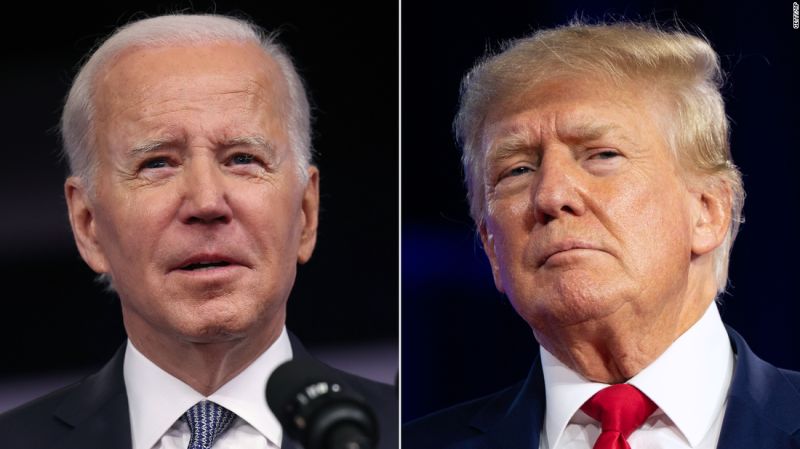A version of this story appeared in CNN’s What Matters newsletter. To get it in your inbox, sign up for free here.
Anyone who spends time following American politics is bound to encounter reports about polling.
Done right, it can be valuable to figure out what’s motivating voters and which candidates are resonating. Done wrong, it’s misleading and counterproductive.
That’s why for this newsletter I end up talking a lot to Jennifer Agiesta, CNN’s director of polling and election analytics, about which surveys meet CNN’s standards and how I can use them correctly.
With the 2024 election just around the corner, it seemed like a good time to ask for her tips on what to look out for and avoid as the industry adapts to the changing ways Americans live and communicate. Our conversation, conducted by email, is below.
WOLF: My impression is that polling seemed to miss the rise of Donald Trump in 2016 and then missed the power of Democrats at the national level in 2022. What’s the truth?
AGIESTA: In both 2022 and 2016, I would say that polling – when you lump it all together – had a mixed track record. Methodologically sound polling – assessed separately from the whole slew of polls out there – did better.
In 2022 especially, many polls actually had an excellent year: National generic ballot polling on the House of Representatives from high-quality pollsters found a close race with a slight Republican edge, which is exactly what happened, and in state polls, those that were methodologically sound had a great track record in competitive races.
Our CNN state polls in five key Senate battlegrounds, for example, had an average error of less than a point when comparing our candidate estimates to the final vote tally, and across five contested gubernatorial races we had an average error of less than a point and a…
Read the full article here

Leave a Reply